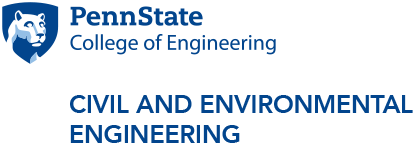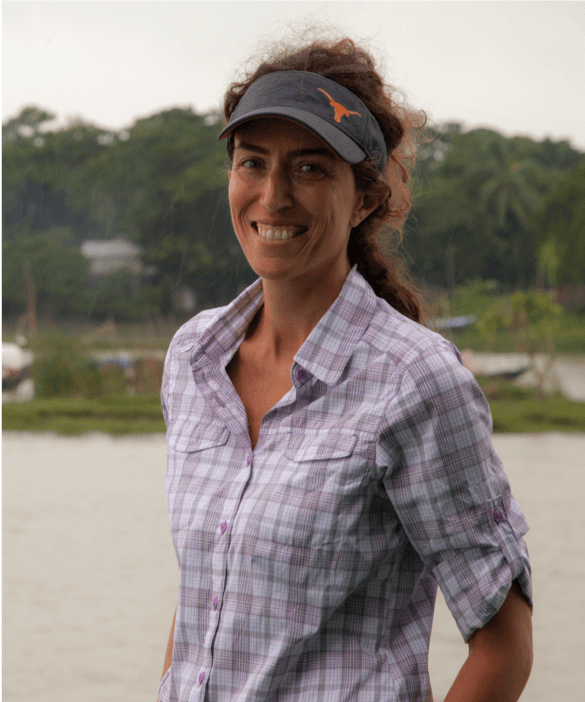Women Advancing River Research: Paola Passalacqua
The recording for this seminar is now available.
Transport mechanisms across geomorphic transitions: analysis of spatial and temporal patterns of river-floodplain connectivity
Abstract: Geomorphic transitions, such as the one between a river and its floodplain, are key boundaries and transition zones in landscapes. Using two example study areas, the Trinity River in Texas and the Wax Lake Delta in coastal Louisiana, Passalacqua will discuss the exchange of fluxes across geomorphic transitions in the context of connectivity and its variability in space and time. In the fluvial environment of the Trinity River, the seminar will analyze the role of rainfall in initiating river-floodplain connectivity. The exchange between river and floodplain is bi-directional, with changes in direction associated with the evolution of the pluvial-fluvial event. In the Wax Lake Delta, we will analyze how connectivity increases as bank topography and vegetation patterns change from upstream to downstream and flows become unconfined. In both areas, the connectivity analysis leverages a combination of remotely sensed data, field observations, and Eulerian-Lagrangian numerical modeling, which allows tracking particles in space and time. Finally, Passalacqua will discuss current challenges at the intersection of modeling and high-resolution data analysis.
Biography: Paola Passalacqua is an associate professor of environmental and water resources engineering in the Department of Civil, Architectural and Environmental Engineering at the University of Texas at Austin. She graduated from the University of Genoa, Italy, with a bachelor's degree in environmental engineering (2002) and received master's (2005) and doctoral degrees (2009) in civil engineering from the University of Minnesota. Her research interests include network analysis and dynamics of hydrologic and environmental transport on river networks and deltaic systems, lidar and satellite imagery analysis, multi-scale analysis of hydrological processes, and quantitative analysis and modeling of landscape forming processes.
Additional Information:
Lecture begins at 11 a.m. U.S. Eastern time (New York) and will be followed by a question and answer session. Registration is required prior to the free event.
Event Contact: Tim Schley




